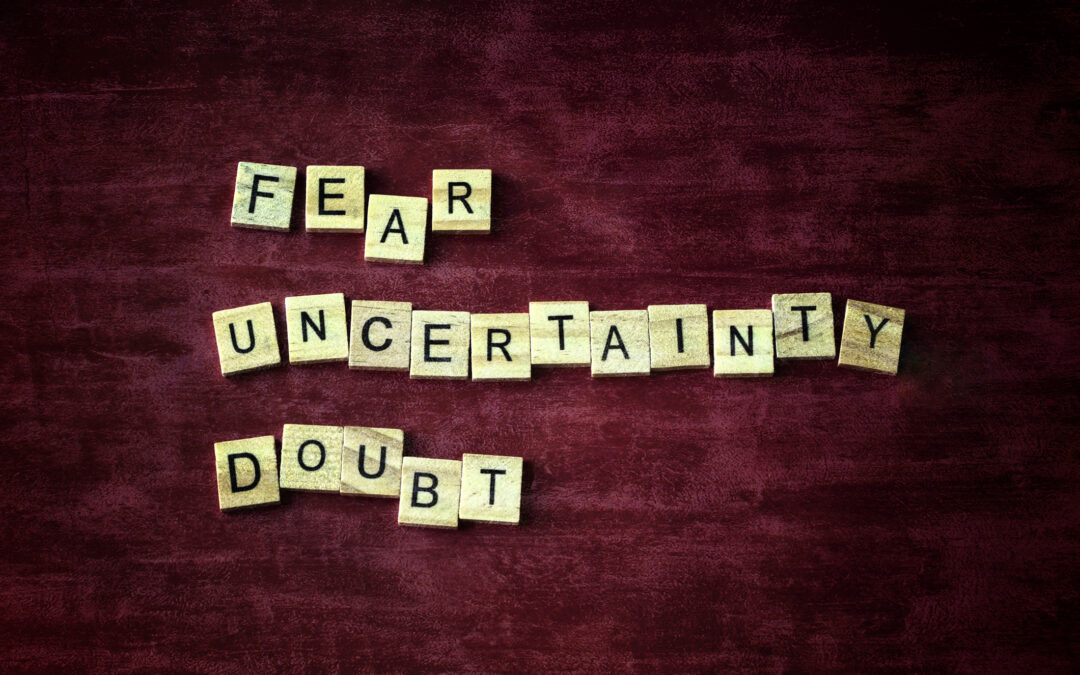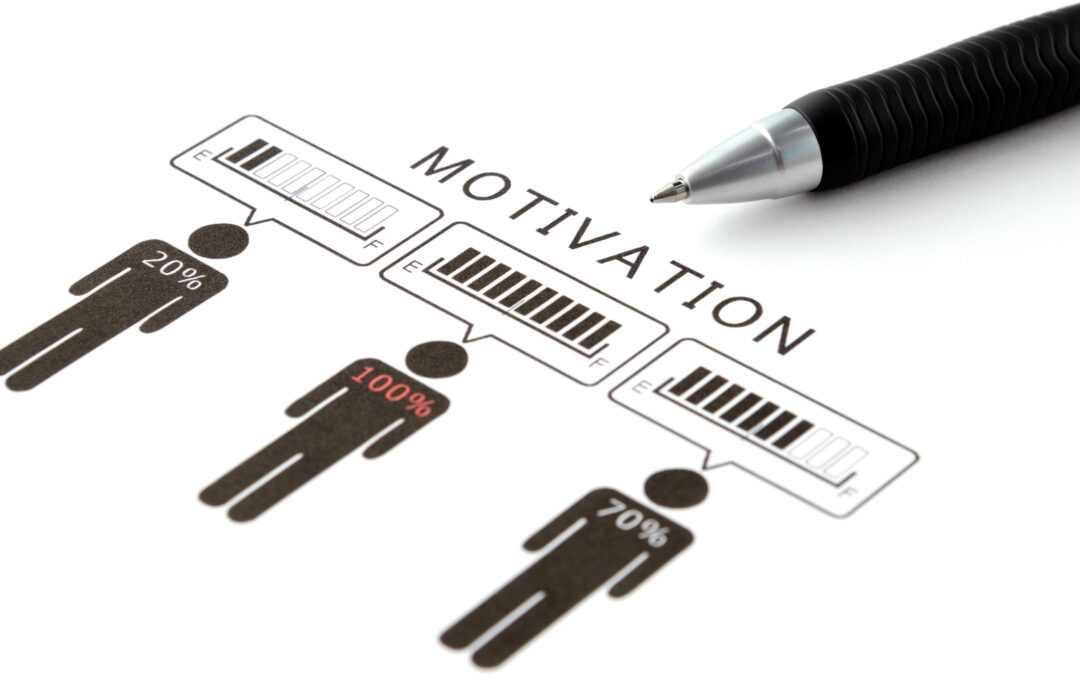When life feels packed with roles and responsibilities, it’s easy to drift away from what really matters to us. That’s where values come in. In Acceptance and Commitment Therapy (ACT), values help guide us back toward a meaningful life and one that actually...

Overcoming Perfectionism with Acceptance and Commitment Therapy (ACT)
Perfectionism is often celebrated in our society, but for many, it can become an overwhelming burden. When perfectionism takes over, it can lead to constant self-criticism, avoidance of challenges, and a deep fear of failure. Acceptance and Commitment Therapy (ACT) offers powerful tools to help people struggling with perfectionism find relief and regain balance. By focusing on mindfulness, acceptance, and value-driven action, ACT provides a path toward overcoming the rigid standards that keep perfectionism alive.
Understanding Perfectionism through an ACT Lens
ACT views perfectionism as a product of rigid thinking patterns and avoidance behaviors. These patterns often center around unhelpful thoughts like, “I’m not good enough,” or “I have to be flawless to be worthy.” In ACT, such thoughts are seen as part of human experience, not facts or truths that must dictate behavior. Instead of trying to eliminate these thoughts, ACT teaches clients to change their relationship with them, reducing their power and influence.
Two key ACT skills that are particularly useful for addressing perfectionism are cognitive defusion and emotion expansion (also known as acceptance). Let’s explore how these skills can help individuals break free from perfectionistic traps.
Cognitive Defusion: Unhooking from Perfectionistic Thoughts
Cognitive defusion involves creating distance between you and your thoughts so they don’t control your actions. Perfectionistic thoughts often show up as harsh self-judgments, catastrophic predictions, or rigid rules. For example:
-
“If I can’t do it perfectly, I shouldn’t do it at all.”
-
“Everyone will judge me if I make a mistake.”
-
“I’ll never be good enough no matter how hard I try.”
Instead of getting caught up in these thoughts, cognitive defusion helps you observe them for what they are: just thoughts. Here are a few practical strategies for cognitive defusion:
-
Label your thoughts: When a perfectionistic thought arises, label it by saying, “I’m having the thought that I’ll fail,” instead of “I’ll fail.” This small shift reminds you that thoughts are not facts.
-
Thank your mind: When your inner critic speaks up, respond with humor and gratitude: “Thanks, mind, for trying to keep me safe, but I’ve got this.”
-
Imagine your thoughts as external objects: Picture your perfectionistic thoughts as leaves floating down a stream or words written in the sand. This visualization can help you let them come and go without getting stuck.
Cognitive defusion doesn’t aim to make the thoughts disappear but to reduce their power. With practice, you can learn to notice perfectionistic thoughts without letting them dictate your choices.
Emotion Expansion: Making Space for Discomfort
Perfectionism often stems from a desire to avoid uncomfortable emotions, such as anxiety, shame, or fear of failure. In ACT, emotion expansion involves accepting these emotions as part of the human experience rather than trying to suppress or escape them. By making space for discomfort, you can free yourself from the cycle of avoidance that perfectionism perpetuates.
Here’s how emotion expansion can help:
-
Name your emotions: When you’re feeling overwhelmed, pause and identify what you’re experiencing. For example: “This is anxiety,” or “I’m feeling shame right now.” Naming emotions can reduce their intensity and make them feel more manageable.
-
Breathe into the feeling: When discomfort arises, practice breathing deeply and imagining your breath flowing into the area of your body where you feel the emotion most strongly. This simple act can help you stay present with the sensation instead of resisting it.
-
Welcome emotions as visitors: Instead of viewing emotions as threats, try thinking of them as temporary visitors. Remind yourself: “This feeling won’t last forever.”
By expanding your capacity to sit with difficult emotions, you can take meaningful action even when perfectionistic fears are present.
Living a Value-Driven Life
At the heart of ACT is the concept of living a life aligned with your values. Perfectionism often leads people to prioritize external validation or unrealistic standards over what truly matters to them. By identifying and committing to your core values, you can shift your focus from “What will others think?” to “What do I want my life to stand for?”
Here’s how to start living a value-driven life:
-
Identify your values: Reflect on what matters most to you. Is it creativity, connection, personal growth, or helping others? Write down the values that resonate with you.
-
Set values-based goals: Instead of pursuing perfection, set goals that align with your values. For example, if connection is a value, focus on spending quality time with loved ones rather than striving to be the “perfect” friend or partner.
-
Take committed action: Even when perfectionistic thoughts arise, practice taking small, values-aligned steps. For example, if fear of judgment is holding you back from sharing your work, remind yourself of your value of creativity and share it anyway.
Moving Beyond Perfectionism
Overcoming perfectionism is a journey, not a destination. With the tools of ACT, you can learn to unhook from unhelpful thoughts, embrace uncomfortable emotions, and live a life guided by your values rather than by fear. Perfectionism may still whisper in your ear, but it doesn’t have to steer your path. By practicing cognitive defusion, emotion expansion, and value-driven action, you can build a life that feels authentic, meaningful, and fulfilling.
If perfectionism is holding you back, consider reaching out to a therapist trained in ACT. With guidance and practice, you can break free from the grip of perfectionism and move toward a life of greater freedom and self-compassion.
Ready to take the first step? Contact our office today to schedule a consultation and explore how ACT can support you on your journey to a more balanced and fulfilling life.

Reclaiming Joy: A Playful Way to Reflect on Your Values Through Your Inner Child

Coping with Political Anxiety
Coping with Political Anxiety: How Therapy Can Help In today’s world, it’s nearly impossible to avoid the constant stream of political news. For many, staying informed is essential—but for others, the weight of political turmoil can become overwhelming, leading to...

Overcoming Perfectionism with Acceptance and Commitment Therapy (ACT)
Perfectionism is often celebrated in our society, but for many, it can become an overwhelming burden. When perfectionism takes over, it can lead to constant self-criticism, avoidance of challenges, and a deep fear of failure. Acceptance and Commitment Therapy (ACT)...

There is Help to Address that “Stuck” Feeling: An Introduction to Motivational Interviewing
You may have heard the term Motivational Interviewing (MI) making its way in mental health popular language. Motivational Interviewing is an evidence based approach developed in the 1980s by William R. Miller and Stephen Rollnick. Miller was attending substance use...

Climate Anxiety
Hope, Action, and Climate Advocacy “I thought I couldn’t make a difference because I was too small.” -Greta Thunberg We live in the age of information, which means it is increasingly difficult to limit one’s access to breaking news. More and more we are seeing...










